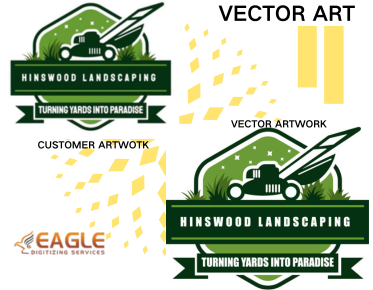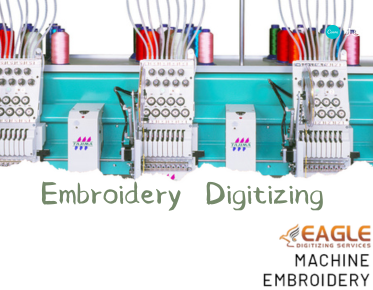Traditional vs. Digital Screen Printing Techniques: How to Choose the Best San Marcos T-Shirt Printing Method for Your Needs
When it comes to San Marcos T-Shirt printing, choosing the right method can significantly impact the quality, cost, and efficiency of your project. The two primary techniques available are traditional screen printing and digital screen printing, each with its own advantages and disadvantages. Understanding these techniques will help you select the method that best meets your needs.
Understanding Traditional Screen Printing
Traditional screen printing, often referred to as silkscreen printing, is a technique that involves using a stencil (or screen) to apply layers of ink on the printing surface. This method is renowned for its vibrant colors and durability, making it a popular choice for screen printers who require high-volume production runs. Traditional screen printing is most effective when used for simple designs with fewer colors.
Advantages of Traditional Screen Printing
The key benefits of traditional screen printing include its ability to produce thick and opaque layers of ink that are highly durable and resistant to fading. This method is cost-effective for large orders, as the setup costs decrease with higher volume batching. Moreover, traditional screen printing works well with most fabric types and produces vibrant, high-quality prints.
Disadvantages of Traditional Screen Printing
Despite its advantages, traditional screen printing is not without drawbacks. The setup process can be time-consuming, and it involves creating individual screens for each color used in the design. This makes it less viable for producing small quantities or designs that require multiple colors or detailed images.
Exploring Digital Screen Printing
Digital screen printing, or direct-to-garment (DTG) printing, is a more modern technique that involves using inkjet printers to deposit ink directly onto the fabric. This method is known for its precision and ability to handle complex, multi-colored designs with high levels of detail.
Advantages of Digital Screen Printing
Digital screen printing shines in scenarios where custom, small batch prints are required. It doesn't require screen setup for each color, making it faster and more cost-effective for small orders. It is excellent for achieving high-resolution images and intricate designs, providing a level of detail that traditional screen printing cannot match.
Disadvantages of Digital Screen Printing
However, digital printing can be less cost-effective for large orders, as it typically involves higher per-unit costs than traditional screen printing. Additionally, it may not produce the same level of vibrancy or durability, especially on darker fabrics, compared to traditional methods.
Factors to Consider When Choosing a Printing Method
When deciding between traditional and digital screen printing for your San Marcos T-Shirt printing project, consider the following factors:
- Order Size: Traditional screen printing is generally more cost-effective for bulk orders, while digital printing is ideal for small to medium-sized batches.
- Design Complexity: If your design is complex with multiple colors or intricate details, digital screen printing may be the better option for capturing nuanced graphics.
- Fabric Type: Both methods work well with most fabrics, but special considerations may be needed for printing on performance sportswear or other specialty materials.
- Budget: Consider your budget for setup and printing. Traditional screen printing has higher upfront costs but lower ongoing costs for large orders.
- Turnaround Time: Digital printing offers quicker turnaround times for smaller orders, while traditional methods may take longer due to the setup process.
The Role of Eagle Digitizing in Screen Printing
Incorporating professional services like Eagle Digitizing can elevate your screen printing projects. Eagle Digitizing offers a range of services such as vector artwork conversion, color separations, and custom vector art services, which are crucial for preparing high-quality designs ready for printing. Their expertise in converting intricate designs into clean, scalable vectors can help ensure that your print translates perfectly onto fabric.
Making the Right Choice
Ultimately, the choice between traditional and digital screen printing should reflect your specific project needs, considering factors such as order size, design, material, and budget. By evaluating these aspects carefully, you can ensure a successful print run that meets your expectations and those of your clients.
Exploring the Future of T-Shirt Printing
As technology advances, the landscape of T-shirt printing continues to evolve. Emerging techniques in screen printing leverage new materials and inks, offering even more possibilities for customization and design freedom. Understanding current trends and innovations in the industry will be crucial for businesses in San Marcos looking to stay ahead in the competitive market of T-shirt printing.



.png)